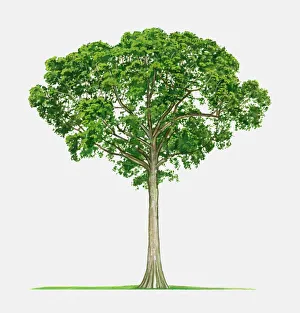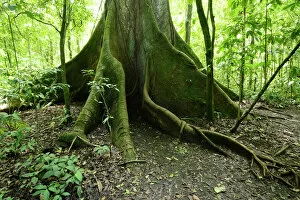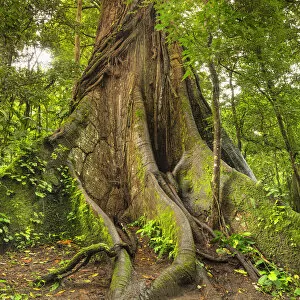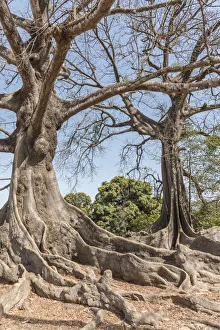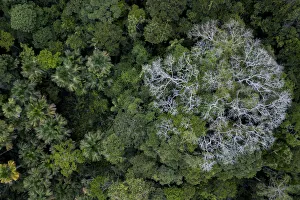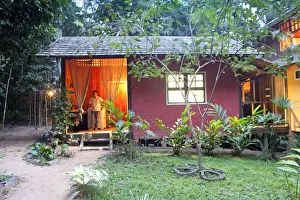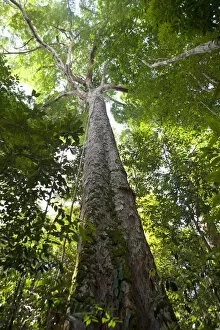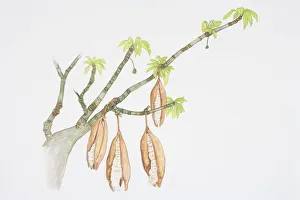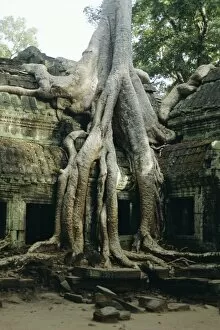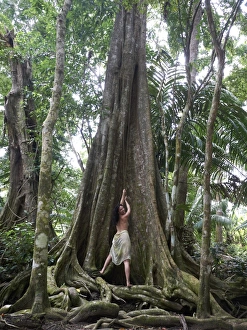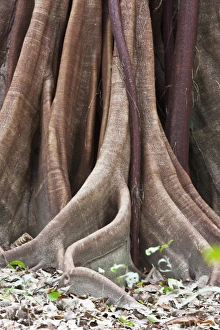Ceiba Pentandra Collection
The Ceiba pentandra, commonly known as the Kapok tree, is a majestic and towering presence in tropical rainforests around the world
All Professionally Made to Order for Quick Shipping
The Ceiba pentandra, commonly known as the Kapok tree, is a majestic and towering presence in tropical rainforests around the world. With its impressive height of up to 30 meters, it dominates the landscape and captures the imagination of all who encounter it. Illustrations of this magnificent tree showcase its unique characteristics, from its slender trunk reaching towards the sky to its sprawling branches adorned with vibrant green leaves. In Rincon de la Vieja National Park in Costa Rica's Guanacaste province, a Kapok tree stands tall amidst the lush tropical rainforest, providing shelter and habitat for countless species. Venturing into the heart of Brazil's Amazon region reveals hikers standing in awe before a giant Kapok tree. Its enormous size is a testament to nature's grandeur and reminds us of our humble place within this vast ecosystem. In Senegal's Casamance region, majestic Kapok trees dotting the landscape create an enchanting sight. Their roots delve deep into the earth, anchoring them firmly while also serving as intricate natural sculptures that inspire wonder. Central America holds its own share of these remarkable trees; at Belize's Caracol archaeological site lies a towering kapok tree that has witnessed centuries of history unfold beneath its branches. The aerial view from Yasuni National Park in Ecuador showcases how these giants form part of an expansive canopy that teems with life. From Africa to South America, communities have long recognized the value held within each kapok tree. Rubber tappers in Brazil's Xapuri Reserve Extrativista Chico Mendes understand their role as guardians of these ancient beings whose existence sustains both wildlife and livelihoods alike. As sunlight filters through their leaves in Manaus' Amazonas state or illuminates their roots in Senegal's Sine-Saloum-Delta region, we are reminded that these trees are not just symbols but living entities deserving our admiration and protection.

